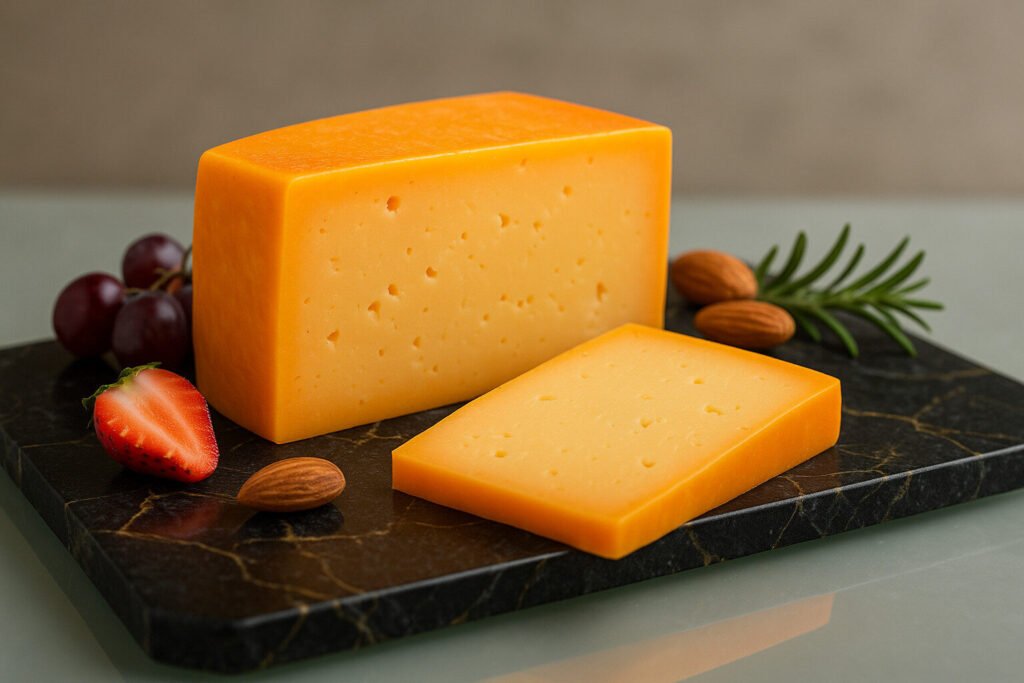Open Texture Cheese
Definition and Scope
Open texture cheese refers to varieties with irregular holes or eyes formed by gas-producing bacteria during fermentation. This structural characteristic results from specific aging conditions and cultures, distinguishing it from dense or close-textured cheeses. The category includes numerous styles from soft to hard cheeses, united by their porous internal appearance.
These cheeses develop their distinctive holes when carbon dioxide expands within the curd matrix during the aging process. Propionic acid bacteria are primarily responsible for this effect in many traditional varieties. The size and distribution of holes serve as important quality indicators for cheesemakers and affineurs.
Production Methods
Manufacturing open texture cheese requires careful control of temperature and humidity during the crucial fermentation stage. Cheesemakers introduce specific bacterial cultures that produce carbon dioxide as they metabolize lactose and other compounds. The curd must possess sufficient elasticity to trap these gas bubbles as they form.
Traditional production often involves longer aging periods at controlled temperatures to allow proper hole development. Modern facilities use precise environmental controls to replicate these conditions consistently. The cheese wheels are regularly turned and monitored to ensure even gas distribution throughout the paste.
Sensory Profile
Open texture cheeses typically exhibit nutty, buttery, or slightly sweet flavor profiles resulting from extended fermentation. The holes contribute to a lighter mouthfeel compared to dense cheeses of similar composition. These varieties often display complex aromatic notes that develop through bacterial activity during maturation.
The texture ranges from semi-soft to firm, with the holes creating a distinctive crumbly or elastic quality. Flavor intensity generally increases with hole size and distribution density. Properly developed open texture should feel smooth and melt evenly when heated.
Culinary Applications
These cheeses perform exceptionally well in cooking applications where even melting and flavor distribution are desired. Their porous structure allows them to absorb accompanying flavors while contributing their own distinct characteristics. They are particularly valued in baked dishes and fondues for their consistent melting properties.
Open texture cheeses make excellent table cheeses when served at room temperature to maximize aroma release. Their structural qualities make them ideal for grating over pasta or salads. Many varieties pair well with fruits, nuts, and various breads due to their balanced flavor profiles.
Regional Examples
Switzerland produces the most famous open texture cheeses, including Emmentaler and Appenzeller. These Alpine cheeses developed their characteristic holes through traditional production methods in mountain caves. The specific bacterial cultures used are often protected by geographical indication status.
Other European regions contribute notable examples like French Comté and Italian Asiago Pressato. American cheesemakers have successfully adapted these styles using local milk sources and modified techniques. Each regional variation reflects local terroir through subtle differences in hole structure and flavor development.

